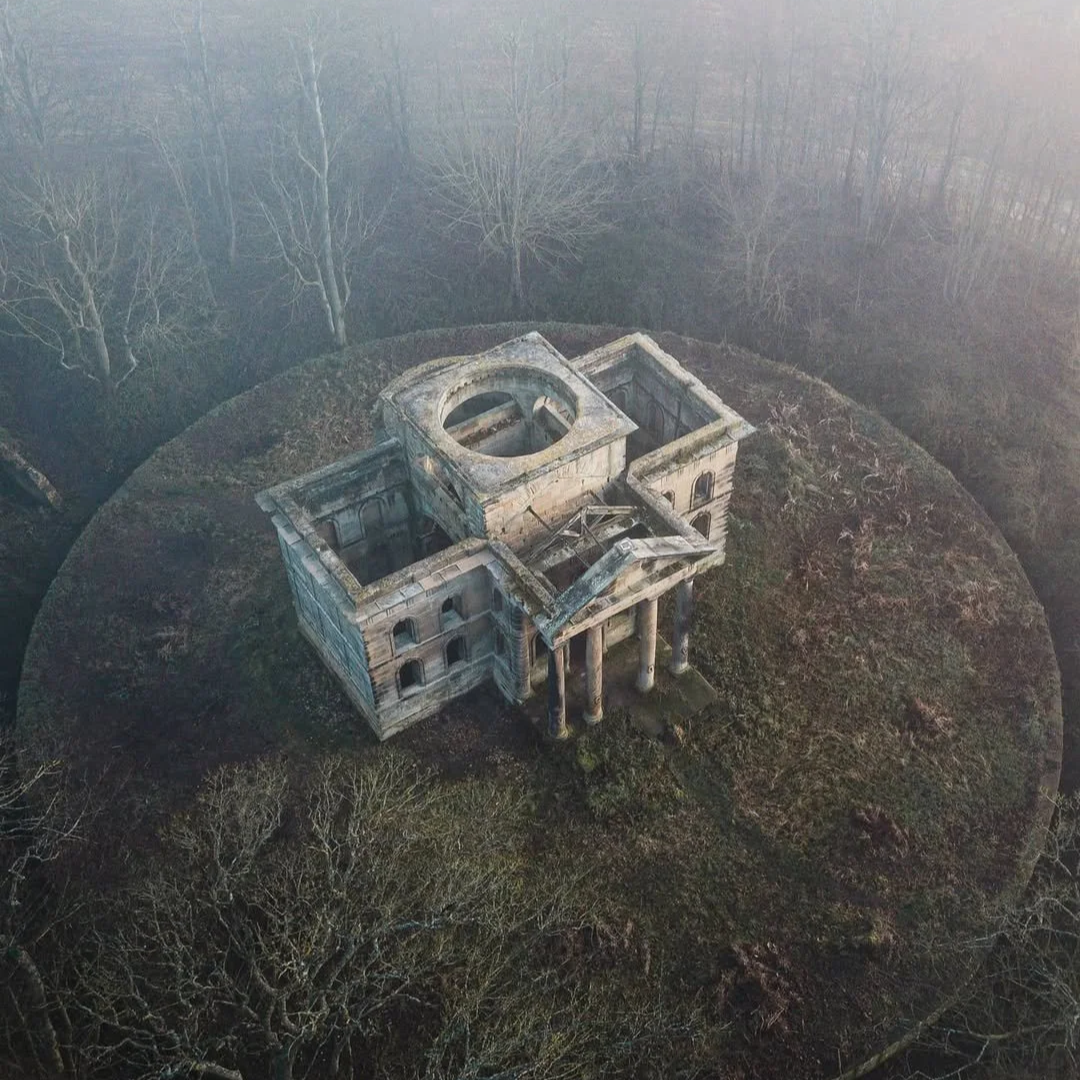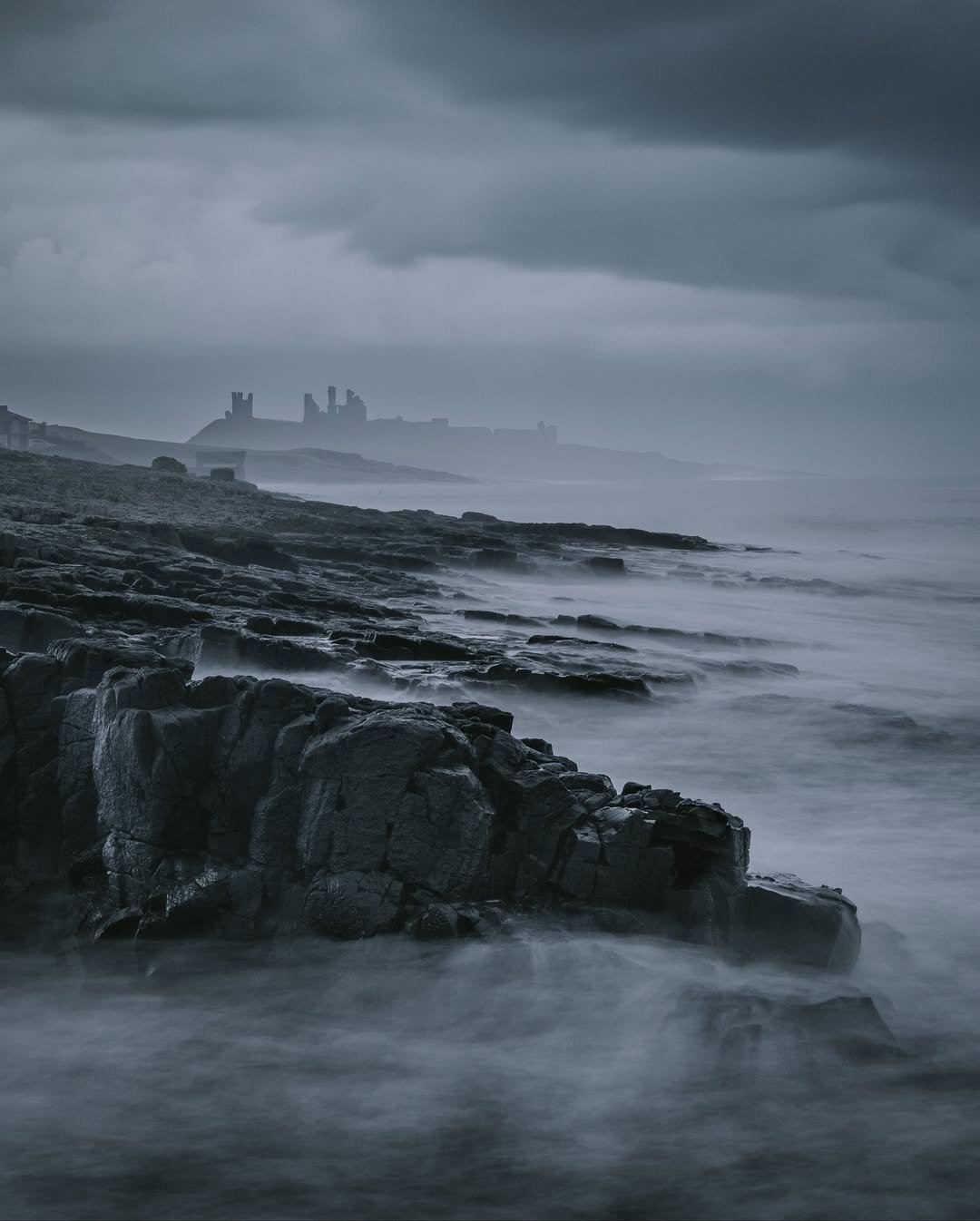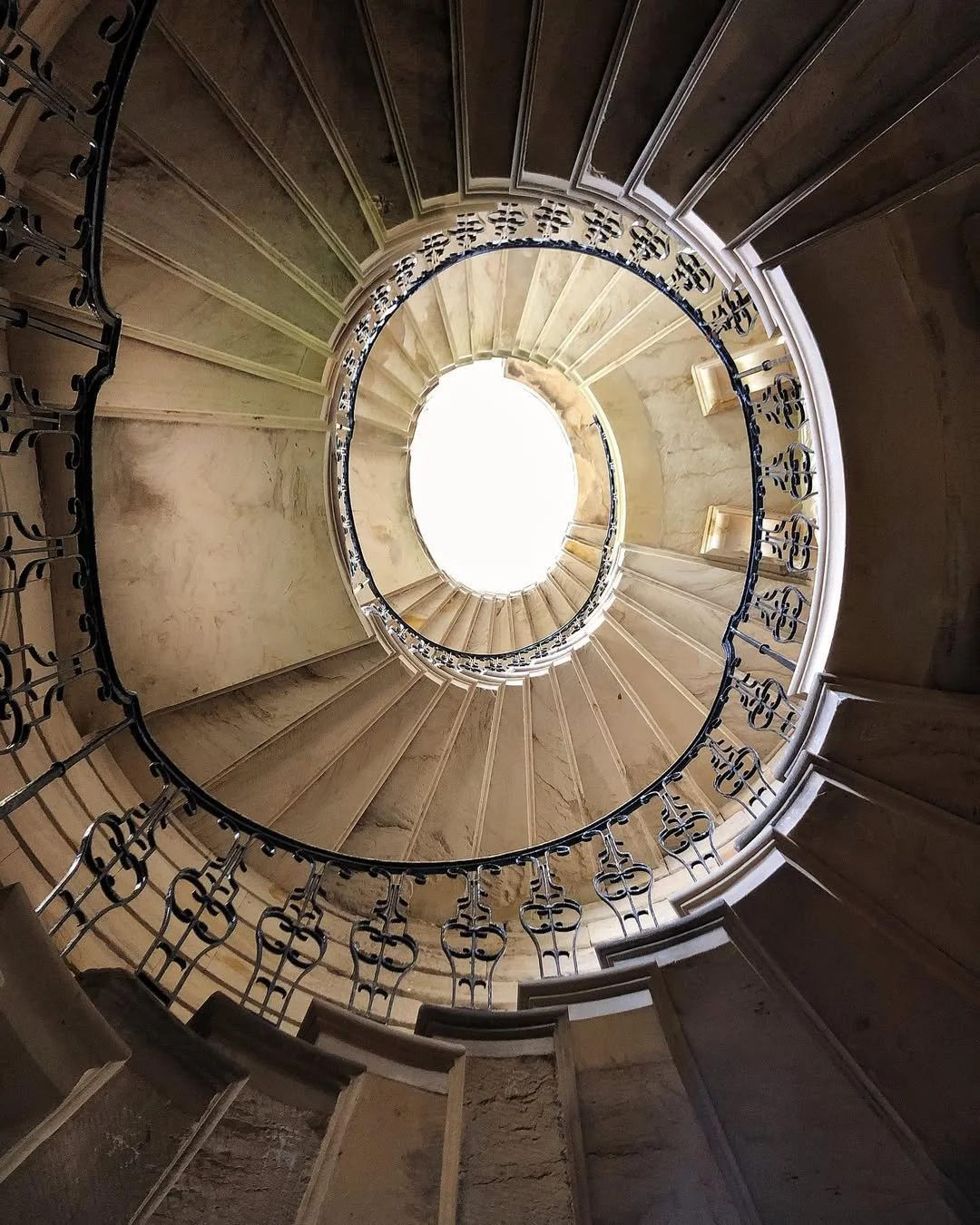Northumberland’s Most Haunted
From medieval castles to ancient stone circles, Northumberland’s dramatic landscapes are steeped in centuries of history — and more than a few ghost stories. Here are some of the county’s most atmospheric sites, where the past is said to linger a little longer than elsewhere.
Winter’s Gibbet
Near Elsdon stands Winter’s Gibbet, a stark wooden post marking the execution site of William Winter, hanged in 1792 for the murder of Margaret Crozier. His body was left to rot in an iron cage as a warning to others. Locals claim that on still nights, the sound of creaking wood and clanking chains can still be heard, a chilling echo of 18th-century justice.
Dunstanburgh Castle
Built in the 14th century by Thomas, Earl of Lancaster, Dunstanburgh Castle dominates a remote stretch of coastline near Craster. Legend tells of Sir Guy the Seeker, a knight said to wander the castle ruins in search of a sleeping princess trapped beneath the fortress by enchantment. Though purely folklore, the castle’s isolation and sea mists certainly add to its mysterious reputation.
Duddo Five Stones
Perched on a remote hilltop near Berwick-upon-Tweed, the Duddo Five Stones are a Bronze Age stone circle dating back over 4,000 years. Excavations have uncovered cremated human remains, suggesting the site once held great ritual or sacrifical significance. Yet it’s the legends that give Duddo its haunting charm — on windy evenings, visitors sometimes report hearing low, musical tones or whispering carried across the moor, said to be the stones “singing” to one another. Whether shaped by ancient ceremony or the wind itself, the site has an unmistakably mystical presence amid Northumberland’s vast, open landscape.
Chillingham Castle
Chillingham Castle, a 13th-century stronghold near Alnwick, is widely regarded as one of Britain’s most haunted castles. Among its reported ghosts are the Blue Boy — said to have been discovered walled up in a chamber with fragments of blue cloth — and the spirits of soldiers and prisoners from centuries of conflict. Today, the castle embraces its haunted reputation, offering ghost tours and overnight stays.
Lindisfarne Priory
Founded around AD 635 by Saint Aidan, Lindisfarne Priory on Holy Island was one of the earliest centres of Christianity in England. The priory was devastated by Viking raiders in 793 AD, an event that marked the beginning of the Viking Age. Visitors have reported hearing echoes of chanting monks and glimpses of hooded figures at twilight.
Seaton Delaval Hall
Built in the early 18th century, Seaton Delaval Hall was once the grand home of the flamboyant Delaval family, renowned for their wealth, wit, and extravagant gatherings. From time to time, a ghostly figure dressed in white is said to appear at a first-floor window. According to legend, she is the spirit of a young woman who fell in love with one of the Delaval heirs but died of a broken heart when their marriage was forbidden. Pressured to make a more advantageous match, the young heir was sent away to the farthest reaches of the country, never to return. To this day, the White Lady is said to gaze mournfully from the window, eternally waiting for the lover who will never come back.
Alnwick Castle
One of Northumberland’s best-known landmarks, Alnwick Castle has been a seat of power since the Norman era. A medieval legend tells of the Alnwick Vampire, a revenant said to have risen from the grave to spread disease and fear in the surrounding town. While the tale is now seen as early folklore, it adds a dark chapter to the castle’s otherwise noble history.
Blanchland Abbey
The village of Blanchland grew from the ruins of a 12th-century Premonstratensian abbey. The ghost of a white-robed monk is said to appear in the Abbey graveyard, while the ghost of Dorothy Forster (the loyal sister of a Jacobite rebel) haunts the nearby Lord Crewe Arms Hotel.
Bamburgh Castle
Commanding views over the North Sea, Bamburgh Castle has stood for over 1,400 years as a fortress and royal seat. The castle’s best-known ghost is the Pink Lady, said to be the spirit of a young noblewoman who took her own life after a tragic love affair. Sightings of her wandering the sand dunes have been recorded for centuries, blending romance with melancholy in this historic setting.










